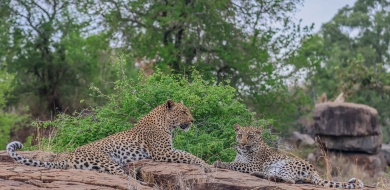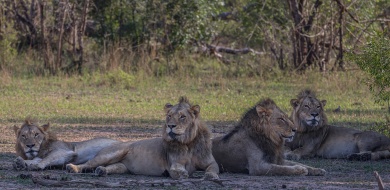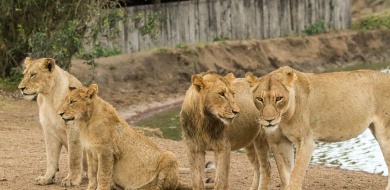Bush Walk
on Feb 14, 2023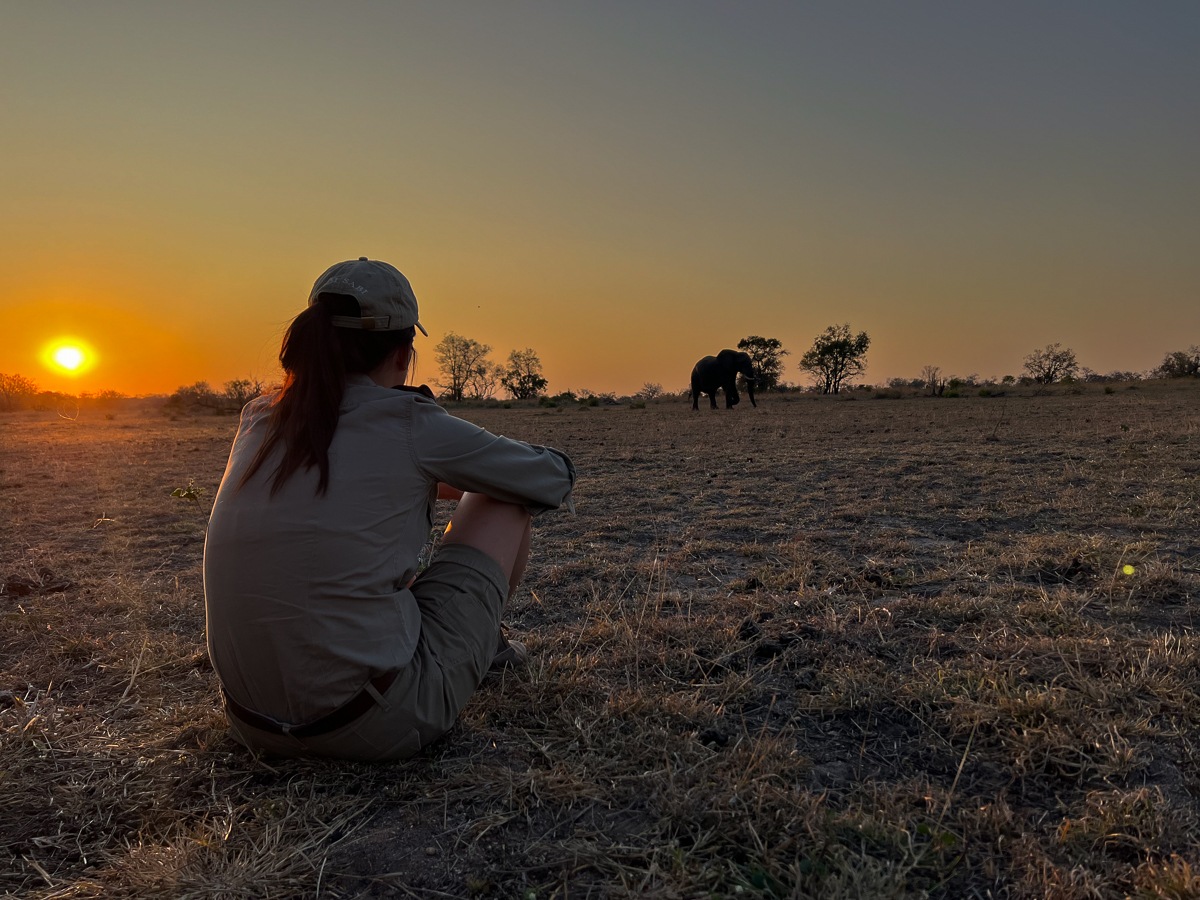
You step off the safari vehicle, into the unfamiliar setting of the Lowveld bush after a short drive from the luxury comforts and security offered from the lodge. You are no longer an observer, but rather part of this intricate ecosystem. A sudden stillness comes over you. You are vulnerable and immediately your senses kick into overdrive, a heightened situational awareness is required. This is where giants roam the ancient paths created by the generations that came before them.
Bush walks / Environmental walking safaris, have different meaning for everyone, and each ranger will have their unique way of conducting bush walks to cater for each guests needs and requirements. These walks are usually not longer than an hour and more time is spent interpreting the finer details than marching from point A to point B. Therefore, it is not necessary to have a very high level of fitness. For those that have a little bit of a longer stay with us, I can highly recommend a much longer walk, possibly substituting the morning drive for a three or four hour walk.
Before the walk starts there are a couple things, we suggest you bring along:
-
Neutral coloured clothing. This allows us to blend into our environment, a type of camouflage, so we are don’t stick out to the animals we hope to view.
-
Closed comfortable shoes. Preferably shoes that have been walked in before.
-
Insect repellent (provided in your suite). Walking through the bush will leave us vulnerable to ticks and other insects.
-
Hat, sunblock, and sunglasses are a must to protect you from the potentially harmful African sun.
-
Binoculars
-
Camera to capture special moments.
-
Notebook and pen are always handy.
When walking we will walk in single file, Ranger up front closely followed by guests. We walk in silence as we listen out for signs that may lay ahead. Branches breaking could indicate a herd of elephants; oxpeckers taking off giving their typical chiiir chiiiir call could mean there is a rhino, hippo or buffalo just ahead; a low growl will indicate we have stepped beyond a lion or leopard’s comfort level.
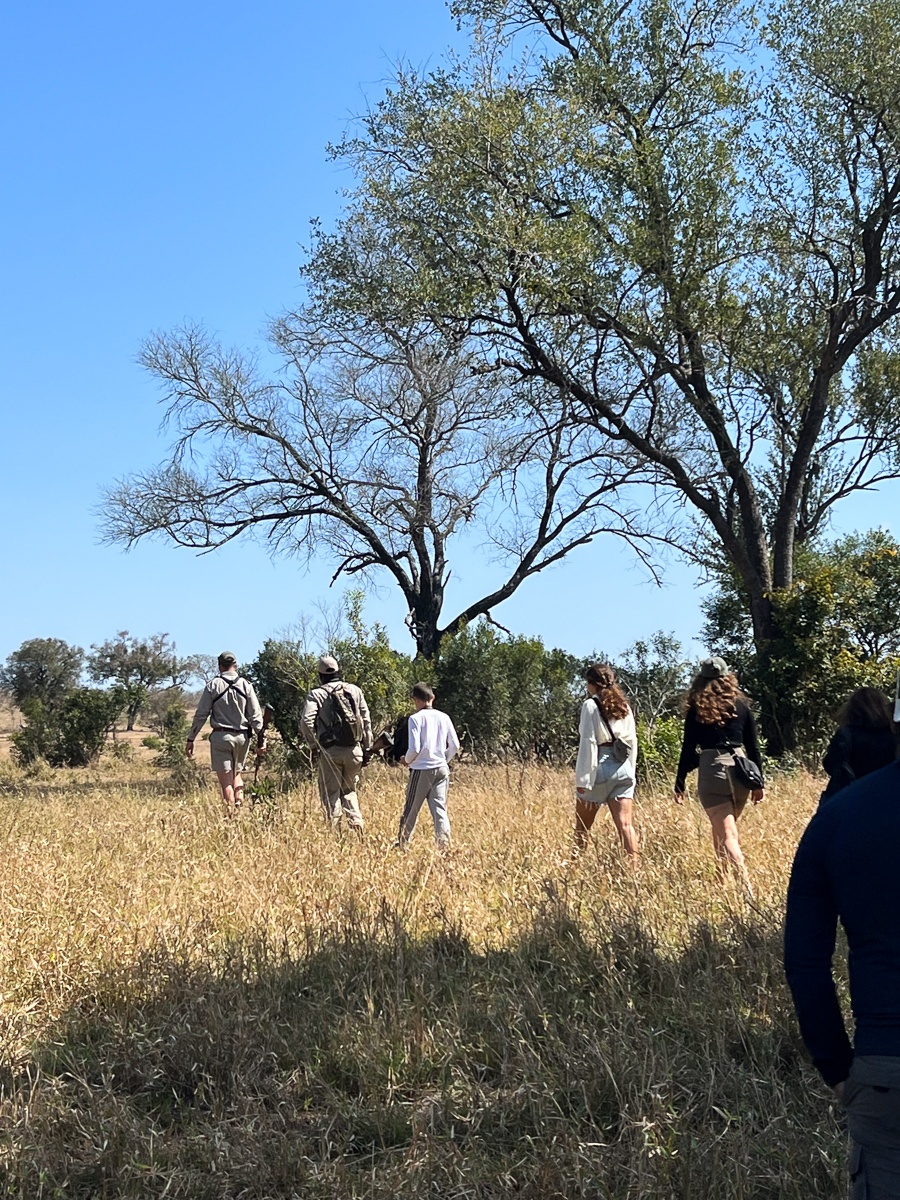
Suddenly from the silence, alarm calls, from Burchell’s starlings, Fork-tailed drongos, Chinspot batis, Black-backed puffbacks; and a host of other birds grab your attention. What are they stressed over? Is there a snake or another predator after them? We take a closer look, on this occasion we were alerted to a Spotted eagle-owl resting up in a thicket.
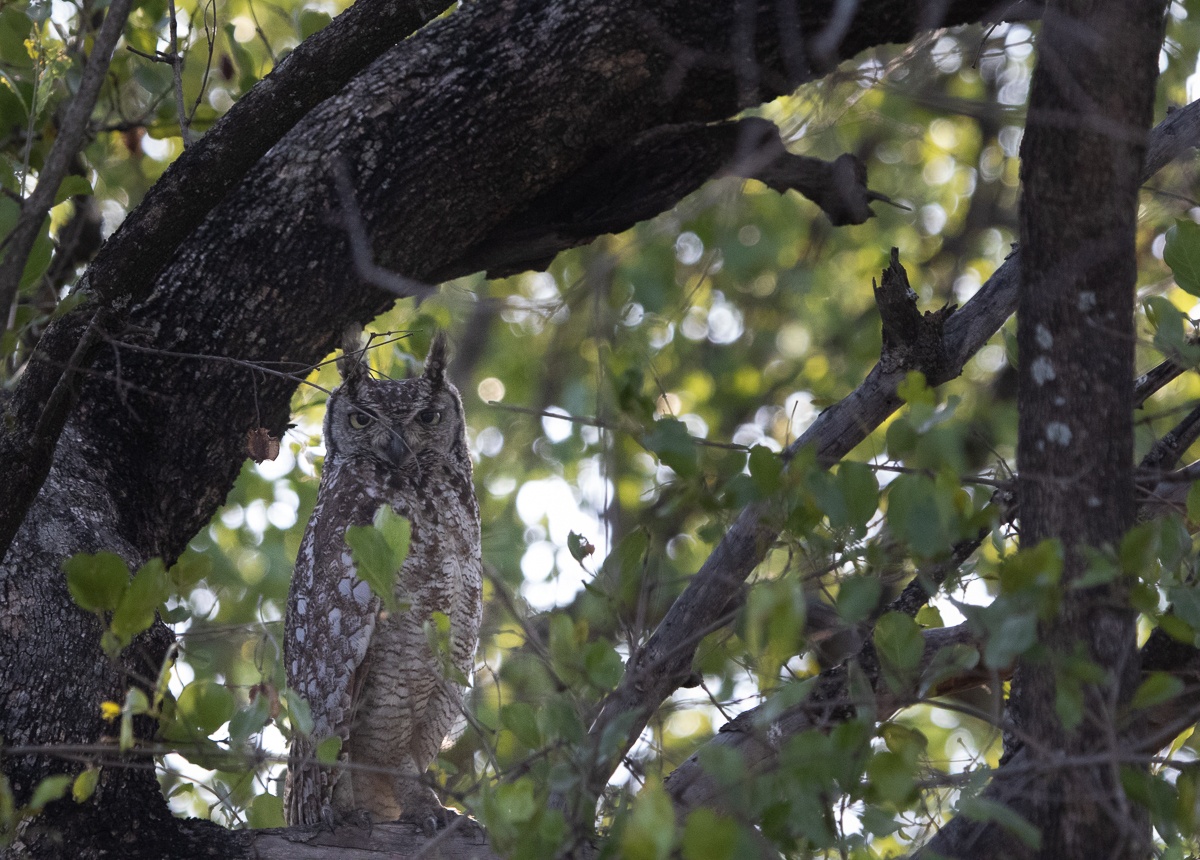
Just beyond the thicket where the Spotted eagle-owl rests, we spot a large dropping, like a cowpat. This was left by buffalo; it is fresh, the hot sun has not yet baked a crust on it. Lone buffalo bulls can be potentially dangerous, this not a sign you want to ignore. Again, senses kick in, which direction did they go? Was it a herd or some lonely bulls? We look deeper for clues left on the ground. A nearby seasonal pan reveals a large herd of buffalo have passed by for a drink and a wallow. In the direction the tracks head there are the calls of oxpeckers, Yellow-billed oxpeckers. Yellow-billed oxpeckers are commonly found with large buffalo breeding herds. The calls are coming from an open area not far from where we are.
Conditions are optimal so we decide to follow up. With wind in our favour and good cover we head towards an elevated termite mound to use as a vantage point. We get audio, grunts, and snorts; the buffalo are close by. We can smell the unmistakable scent of the herd. From on top of the termite mound we spot the large herd of well over 100 buffalo resting up in an open area. They have no idea we are watching them. An ideal sighting on foot is where you approach, view, and exit the sighting without the animal knowing we were ever there. We decide to move on, this was a perfect sighting.
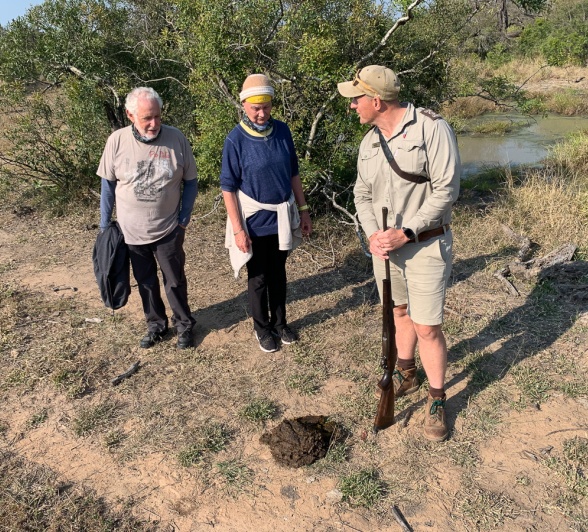
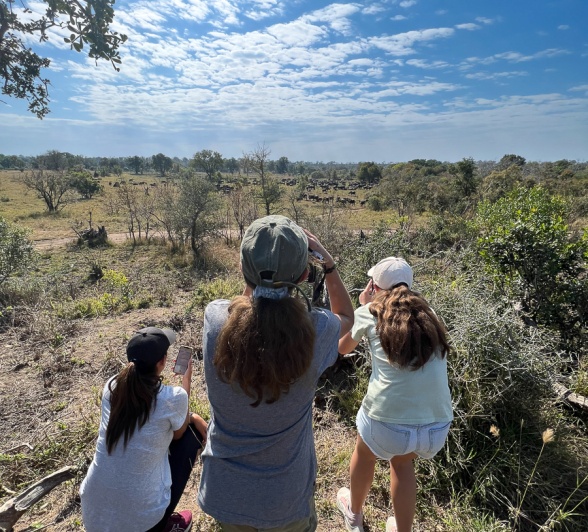
When moving off some grass hanging slightly lower than the others catches my eye. There is a tick sitting waiting to catch a ride on its next host. This is what the oxpeckers are after. They have adapted to occupy a niche where food in the form of these ticks is readily available without competition.
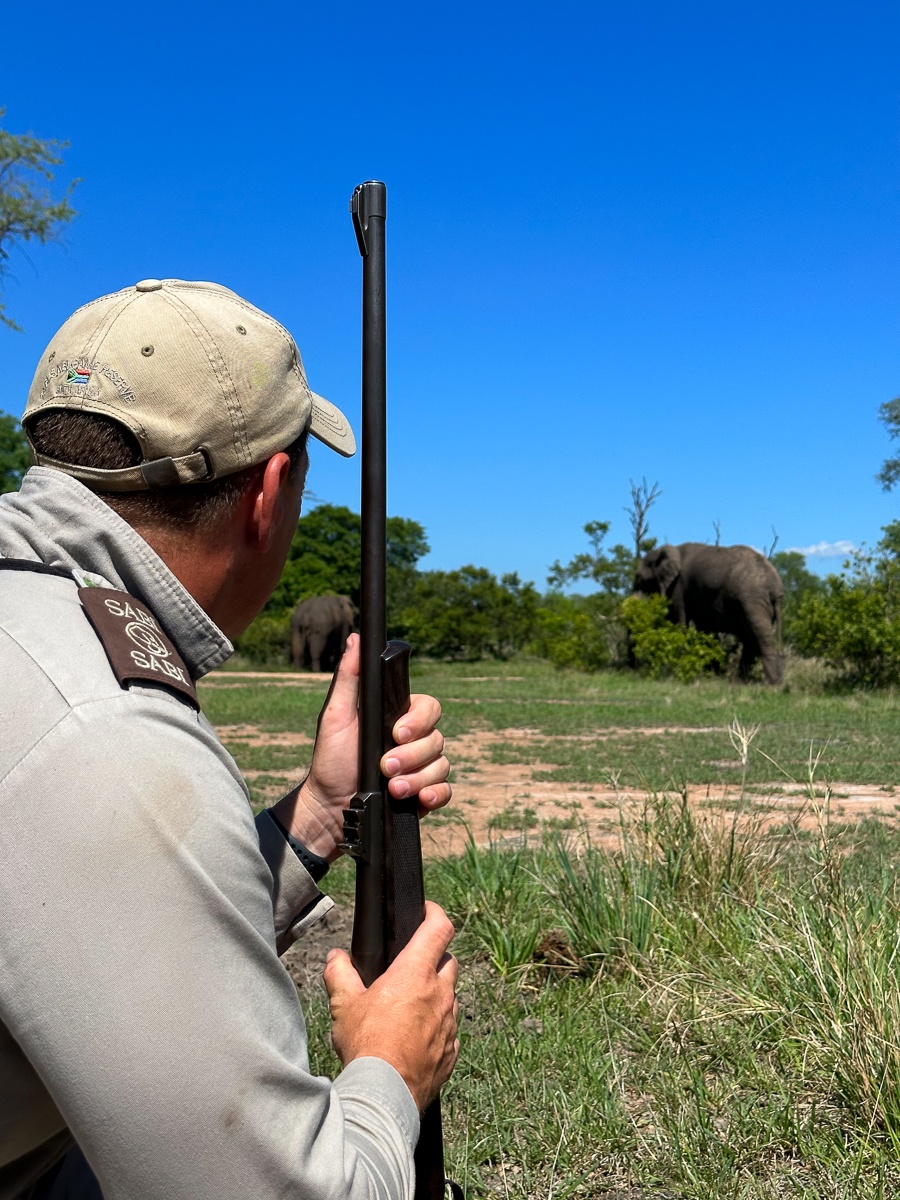
With adrenalin still pumping, I suggest we take a few minutes out just to process the sighting we have just had. We find some shade and spread out. It's a time of quiet, a chance to process, debrief, and reflect, a time to be in the moment and listen to all that’s going on around us, breathe in the fresh air and feel the earth beneath us.
The intention of bush walks is generally not to seek out the larger and potentially dangerous animals, although this does inevitably happen from time to time. It is about the whole and the interconnectedness of the entire system that just can’t be experienced from a vehicle. It is about reconnecting with nature andescaping your everyday thoughts. Bush walk is an adventure where your feet step in the foot paths and prints of the giants that have come before you, your nostrils fill with the scent of wild herbs, grass, and flowers as you pass by. As you move through the bush you will feel all your senses come alive as you get close and personal with Africa. It is a privilege to experience these wilderness areas in their purist form and it is our responsibility to ensure these natural areas are still here for generations to come. Once you experience the thrill of a bush walk at Sabi Sabi it will change you and the importance of these natural areas will become apparent.
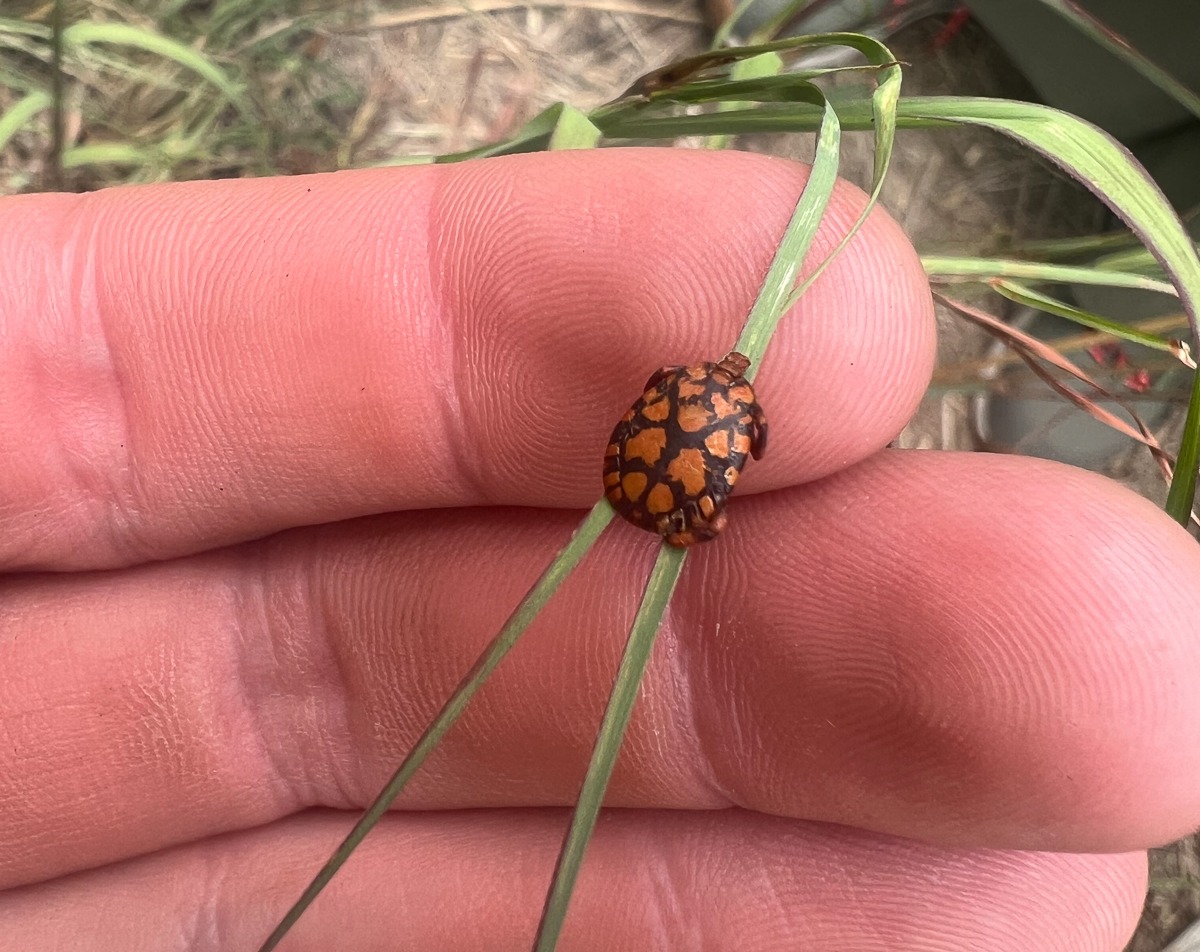
WILDERNESS by Dr Ian McCallum
Have we forgotten
that wilderness is not a place,
but a pattern of soul
where every tree, every bird and beast
is a soul maker?
Have we forgotten
that wilderness is not a place
but a moving feast of stars,
footprints, scales and beginnings?
Since when
did we become afraid of the night
and that only the bright stars count?
or that our moon is not a moon
unless it is full?
By whose command were the animals
through groping fingers,
one for each hand,
reduced to the big and little five?
Have we forgotten
that every creature is within us
carried by tides of earthly blood
and that we named them?
Have we forgotten
that wilderness is not a place
but a season …
and that we are in its
final hour?
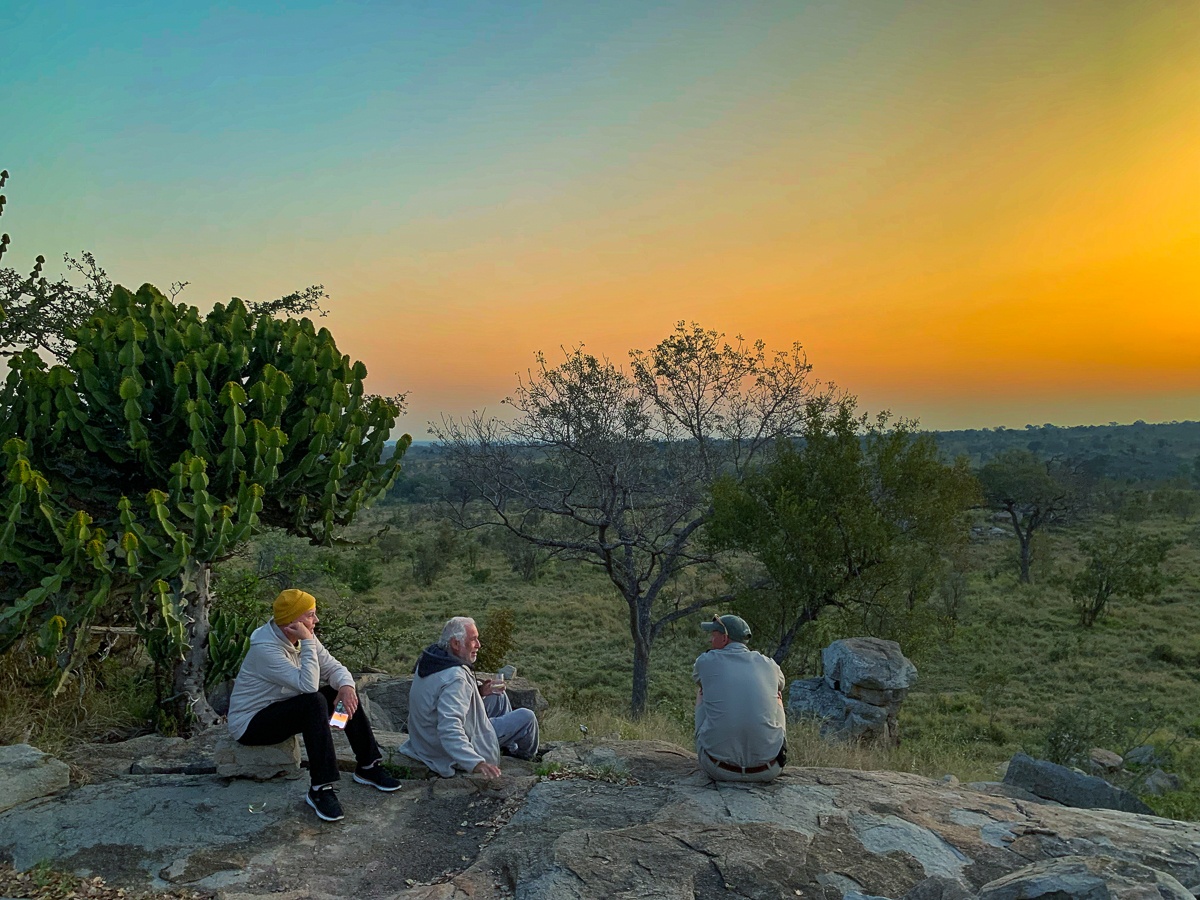
Blog by Jason Street (Bush Lodge Ranger)

